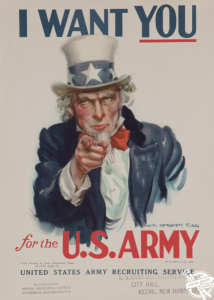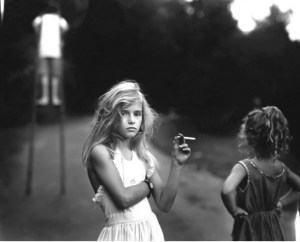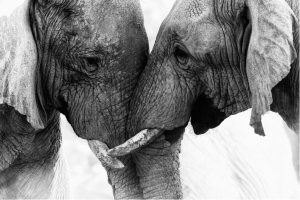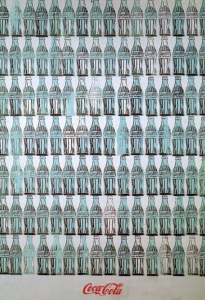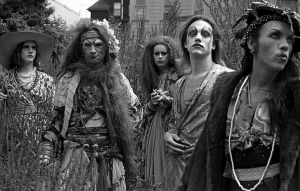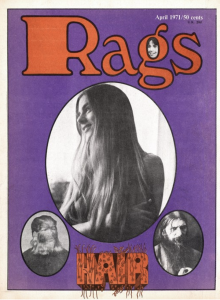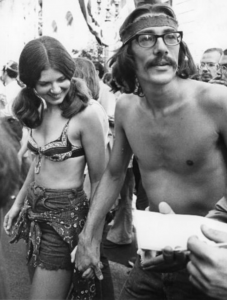Over the 9 weeks I have learnt more about the history of each pathway and how significant it has been and how is has effected society. Writing these blogs has helped me to develop my understanding of postmodernism and the authenticity of art and photography. Throughout these blogs I concentrated on looking at photography and aspects of graphic design because they interest me the most and there is a slight cross over, as I feel that I can incorporate graphic design into my photography work. Moreover, I have learnt that critical thinking is a very important aspect to this section as it allows you to reflect on an artist work and explain your own interpretation of it and allows you to become a more creative writer. I feel as if these blog posts have enabled me to understand the different pathways more and to progress in my pathway by having a deeper understanding of the origination and the development of certain artists.
Furthermore, I feel as there is a connection with these tasks and the ideas that are developing within my practise as each of the task are broad and you can tailor them to your own pathway, throughout these blogs I used photography and graphic design as well as posters that has small amount of illustration on, I feel as if they all connected as photography is used in all of them, so they all connect and link together. I found that throughout these lectures it was important to keep an open mind as all the pathways link together however, motion graphics was the only one that I didn’t used throughout these, because I found it hard to connect it to my blog post.
Finally, the connection between theory and practise, in the last three blogs set (task 5,6,7) there was a programme that we watched and then used three words to describe different images to use as a starting point, the programmes showed us the different ways artists create there work showing their different theories, most of them started on paper and sketched their ideas out, in the last programme (Abstract The Art of Design S1 Ep7 “Planton Photography”) it showed us that Planton had a specific way of shooting his models and certain cameras that he used for the same shot, everything was the same and that’s the way he works. This would relate to my studio practice is I was shooting the same thing over and over however I feel as If it’s good to change certain things such as the lens or the back drop. There is a significant connection between theory and practise.
“Theory and Practice. There is always a tension between Theory and Practice. These two separate realms are connected through a process of abstraction and application. … To explain this relationship by way of practice, Theory is abstracted Practice, and Practice is applied Theory.” http://words.steveklabnik.com/theory-and-practice
Accessed on: 3/12/17
This quote shows that there has always got to be a theory to produce something beautiful, however sometimes things happen by accident but they are good accidents that become a success.

